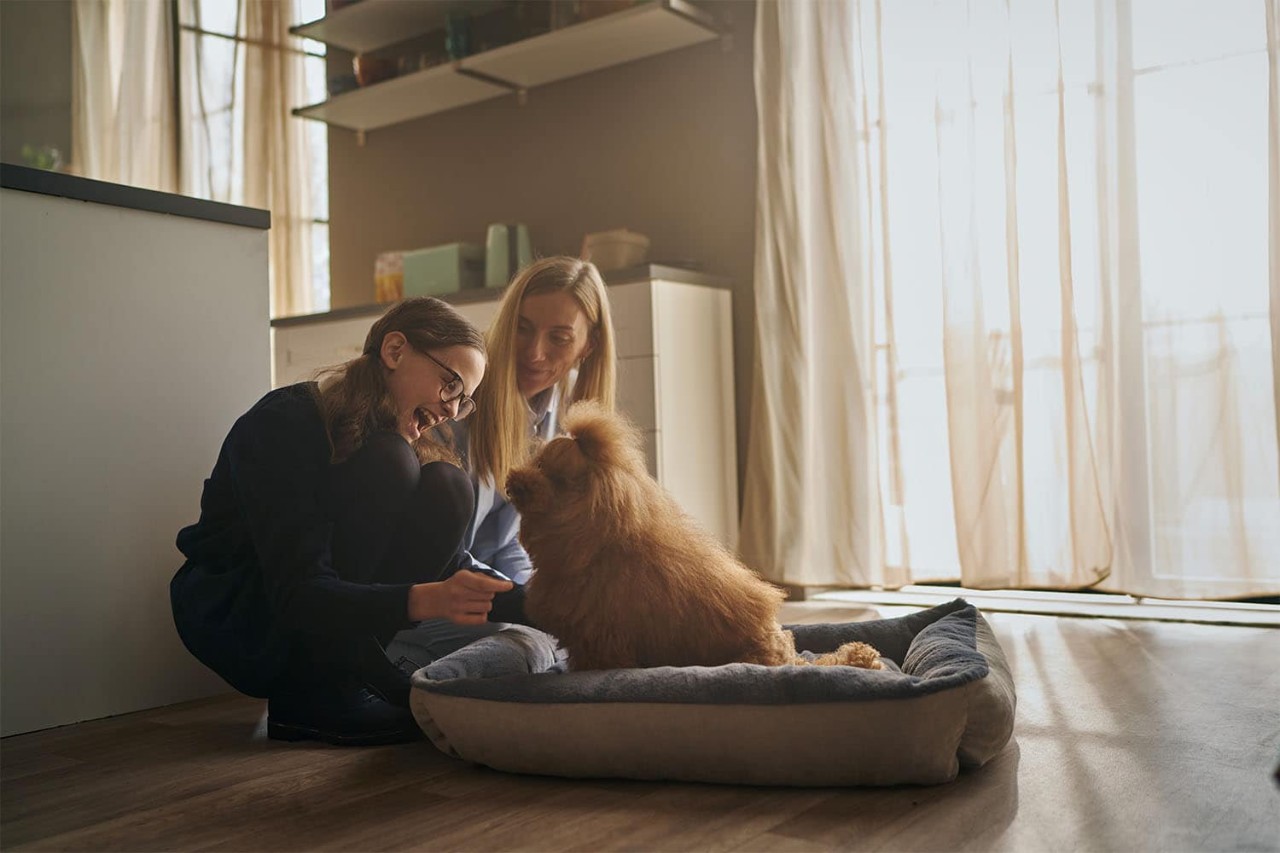Microchip Identification
3 min read May 5th, 2017
Allianz Ireland are delighted to have partnered with Royal Canin in supporting the Veterinary Ireland 10 Commandments of Responsible Pet Ownership. Over the next 10 weeks Allianz will be posting each of the commandments and we hope you find them useful.
Key Points
- Microchip identification is the most effective method for permanent identification of your pet
- It is safe, practical and effective, and excellent value for money
- A microchip can be implanted at any stage and only takes a few seconds
- Ensure your pet’s microchip is correctly registered to you on a reunification database – without this the microchip is useless
- If in any doubt, your vet can help make sure your registration details are correct
- If you wish to get a Pet Passport to travel abroad then your pet needs to be microchipped
Microchip identification is a highly effective way of reuniting owners with lost or straying pets. Although a collar with a tag is a great help, they can fall off or be removed – a microchip inserted by your vet means your pet will be logged on a nationwide register, so if he or she is lost or found a simple scan with a hand-held reader means he or she can be returned to you.
What is a microchip and how is it inserted?
A pet ID microchip is about the size of a small grain of rice. Each chip carries a unique 15 digit number which can be ‘read’ by a special microchip scanner which all vets, dog pounds and animal sanctuaries will have.
Under sterile conditions, the chip is injected under the skin at the base of the neck. This only takes an instant – for your pet it will feel much the same as having a vaccination injection. It can be done at a specific appointment but vets also often do it when pets come in for their Annual Health Assessment & Vaccination or when the pet is being neutered. It can be done at any age and it’s never too late to have it done.
How does the system work?
After the microchip is inserted its unique number and your contact details are registered on a reunification database. This can be done online or by post. Once this is done your pet’s microchip number will relate to you so that whoever scans the chip and searches the database can find you and let you know where your pet is.
If your pet is found and taken to a vet, animal sanctuary, dog pound etc they will be scanned for a chip. If a chip is found then you should get a call within a few minutes. If there is no chip you may never see your pet again and there is a chance he or she may be put to sleep if a new home cannot be found.
Finally, make sure that if you change your contact details or move house, you contact the database to update your details. The actual microchip is only half the equation – having the chip correctly registered is the other half, without this the chip means nothing. It’s like having a passport with no picture. No good!
My puppy was microchipped before I bought him – why is this and do I need to do anything?
Since 2006 all pedigree puppies have to be microchipped for Irish Kennel Club registration. This is done by the breeder’s vet when the pups are about 6 weeks old and have to be done before the puppies can be sold with papers.
The chip itself will work perfectly well but because it was the breeder that did (or didn’t do!) all the necessary paperwork there is often a problem in that the chip is not registered to the pup’s new owner. As a result if the dog strays and is brought to a dog pound or vets they will not be able to track down the owner of the dog via the microchip number – the microchip is basically useless.
So if you have a dog that was microchipped before you bought him it is important to ensure that the microchip is correctly registered to you. Your vet can check this for you and if the information is incorrect or not registered at all your vet can assist you in correcting the information. Be sure to bring in all the paperwork you got when getting the puppy when you go to the vet with this query.
In short if you did not have your pet’s microchip inserted yourself you should check that the details on the databases are correct so that your pet can be reunited with you. If these details are incorrect your pet may as well not be microchipped. Ask your vet for help if in doubt.
Copyright of Veterinary Ireland
All comments are moderated before they appear.
Information correct as of date of publishing. This blog will not be updated or edited so the information may become outdated.







